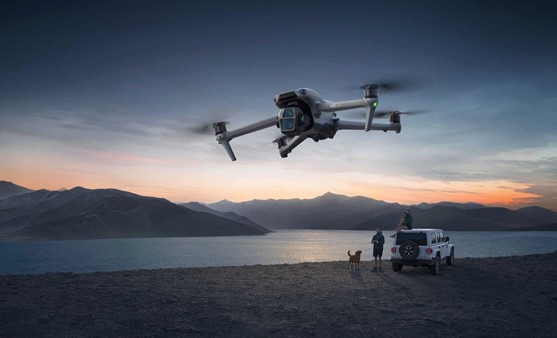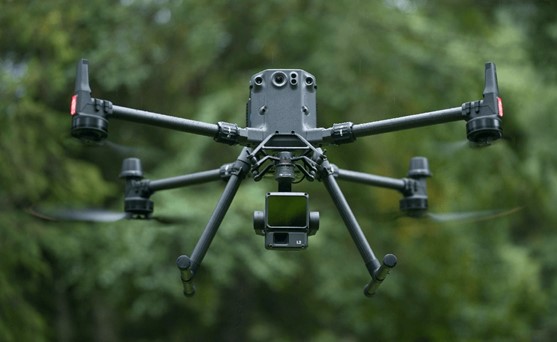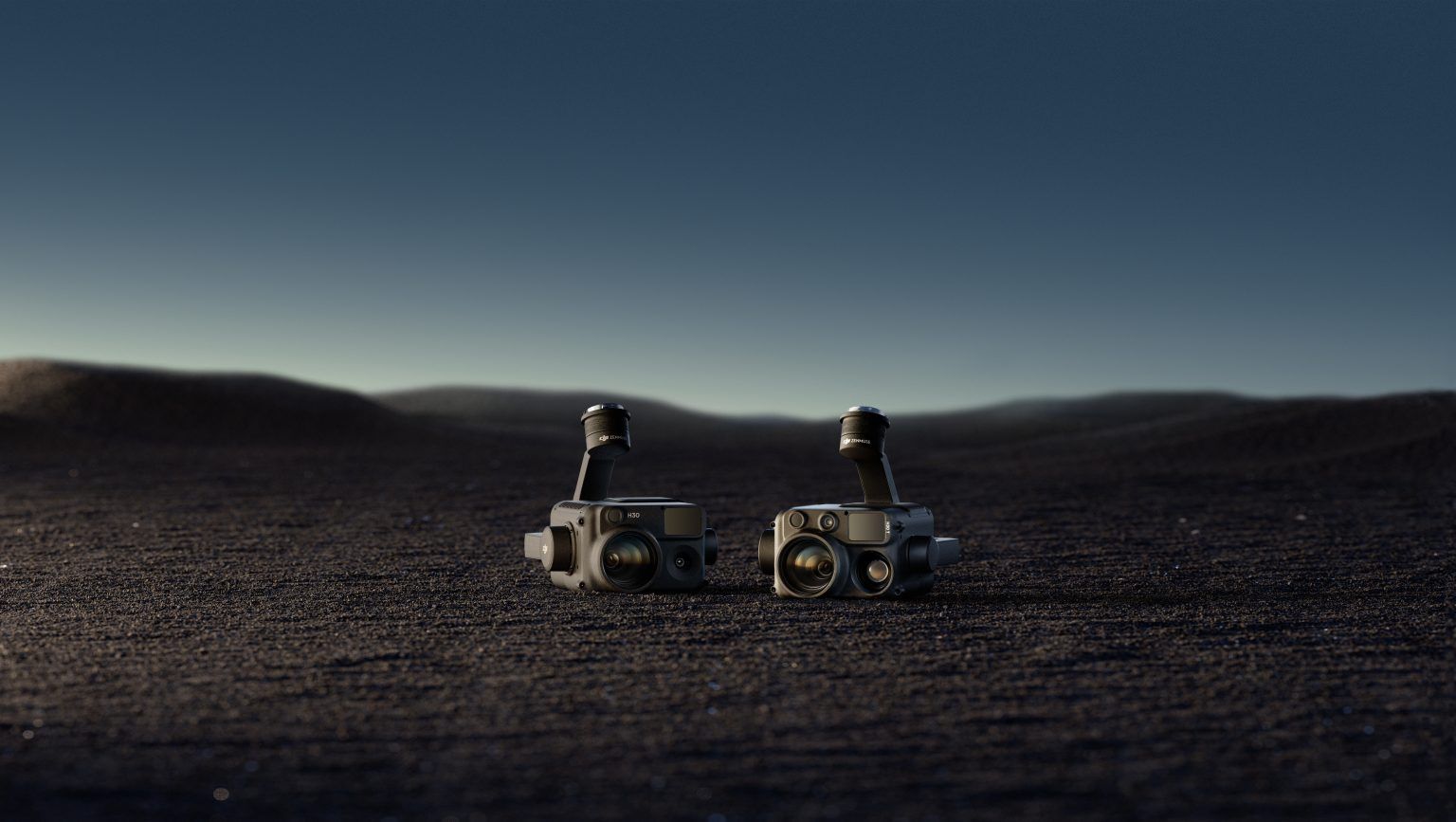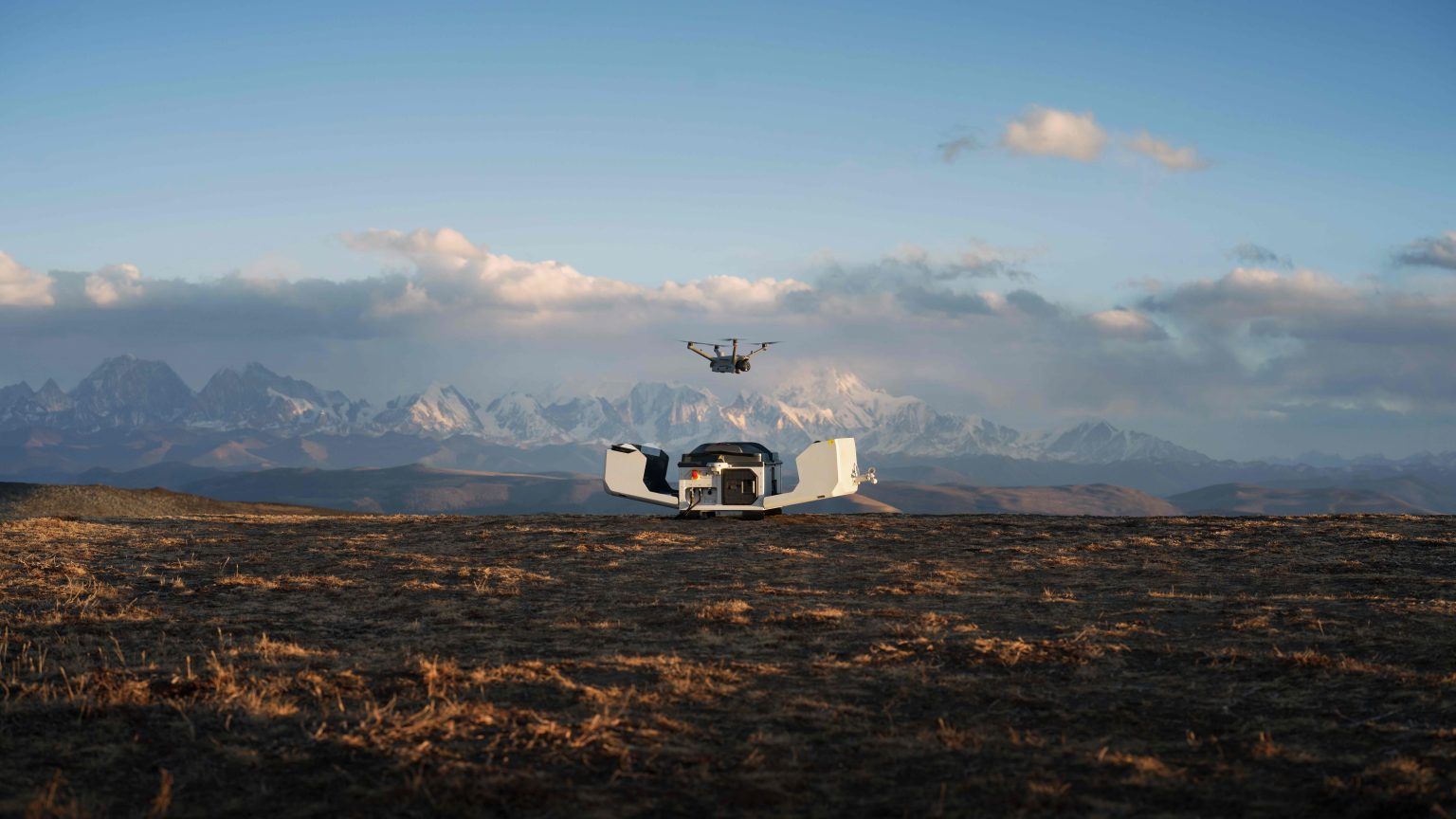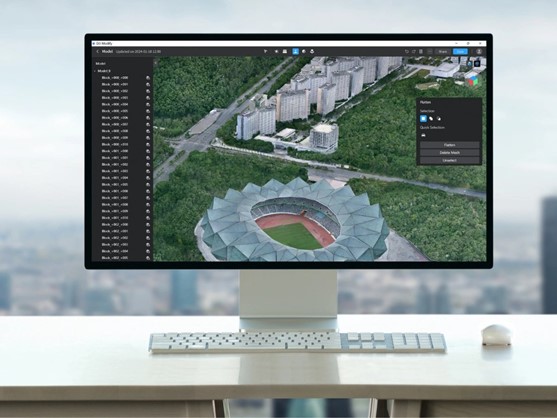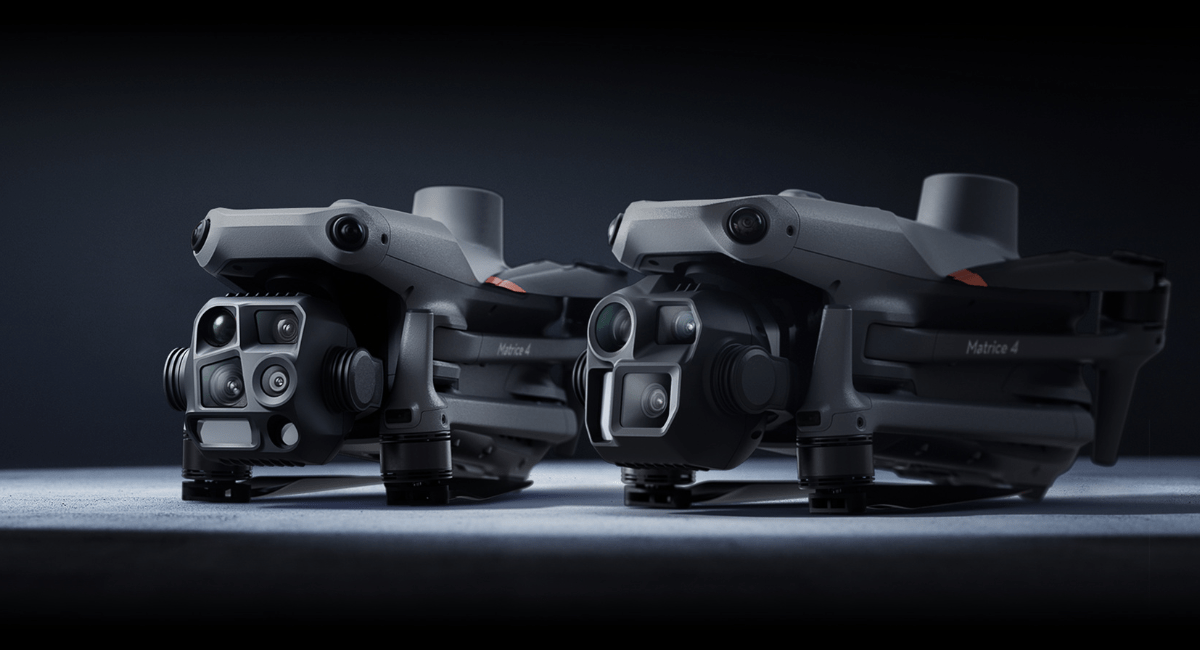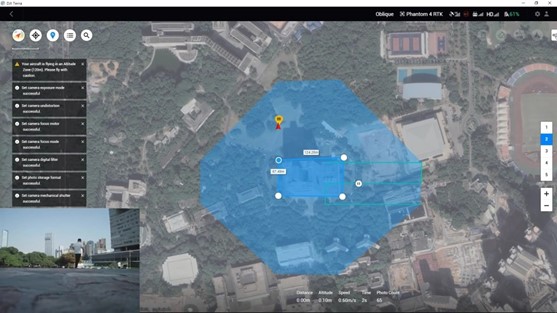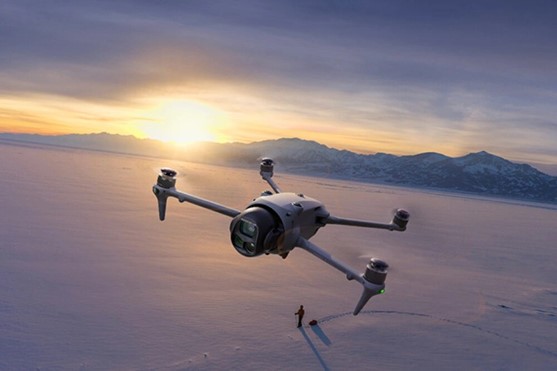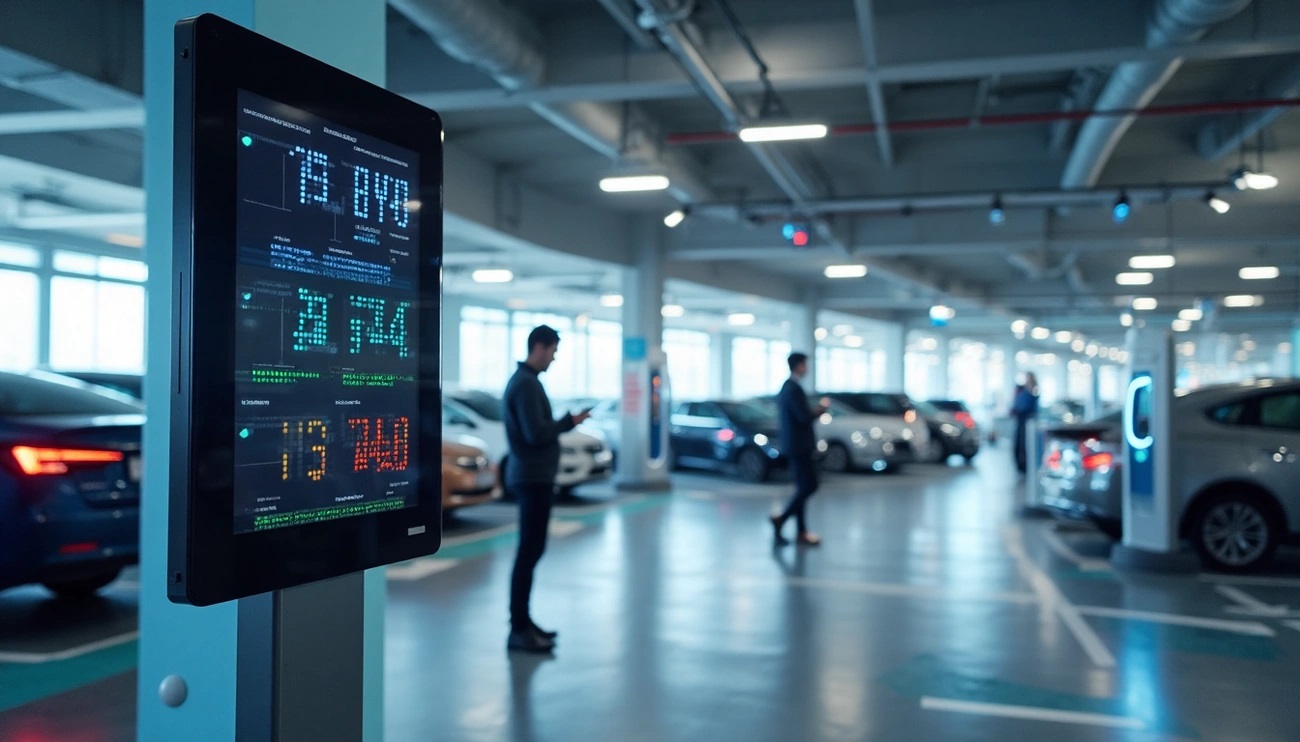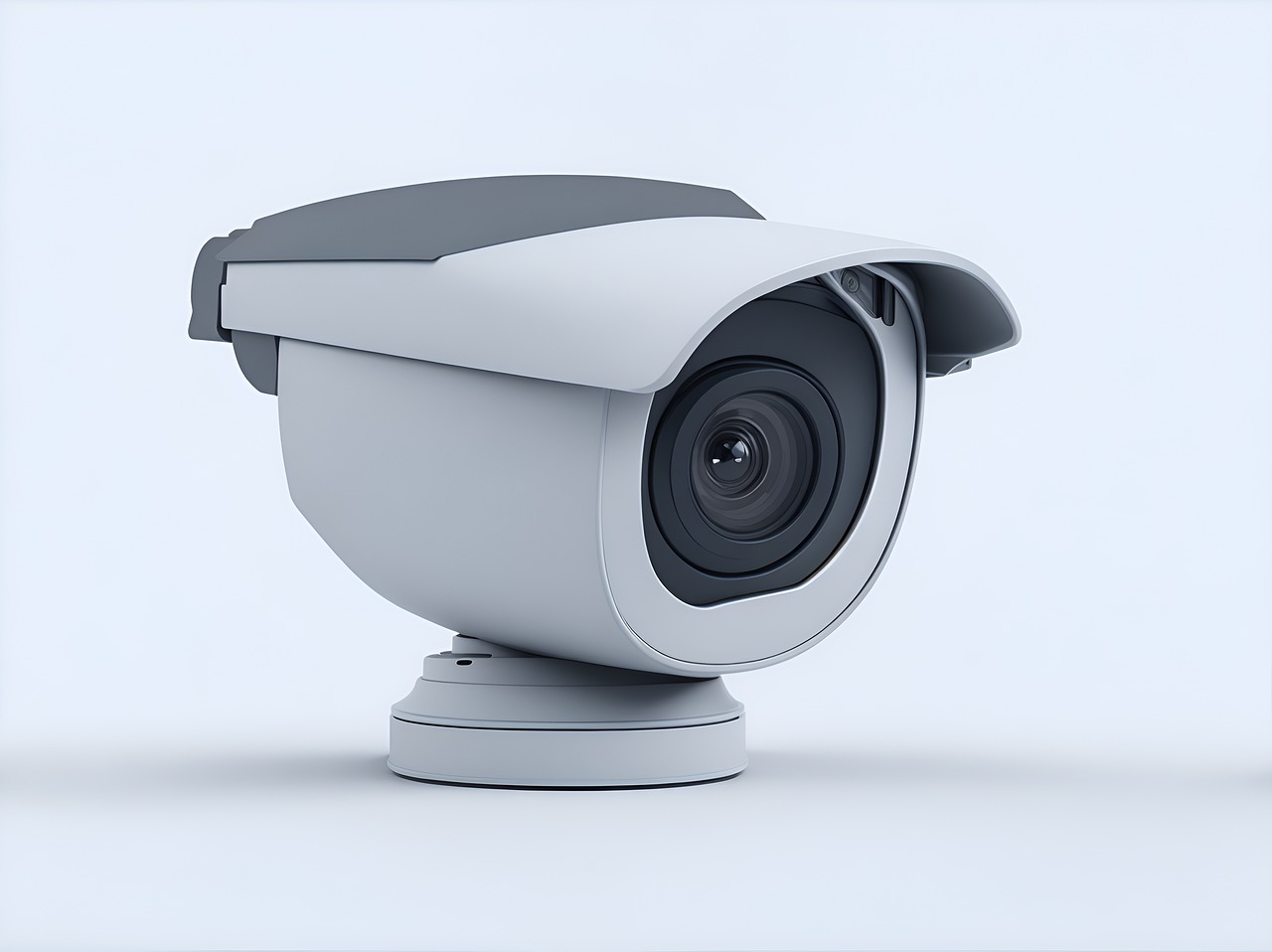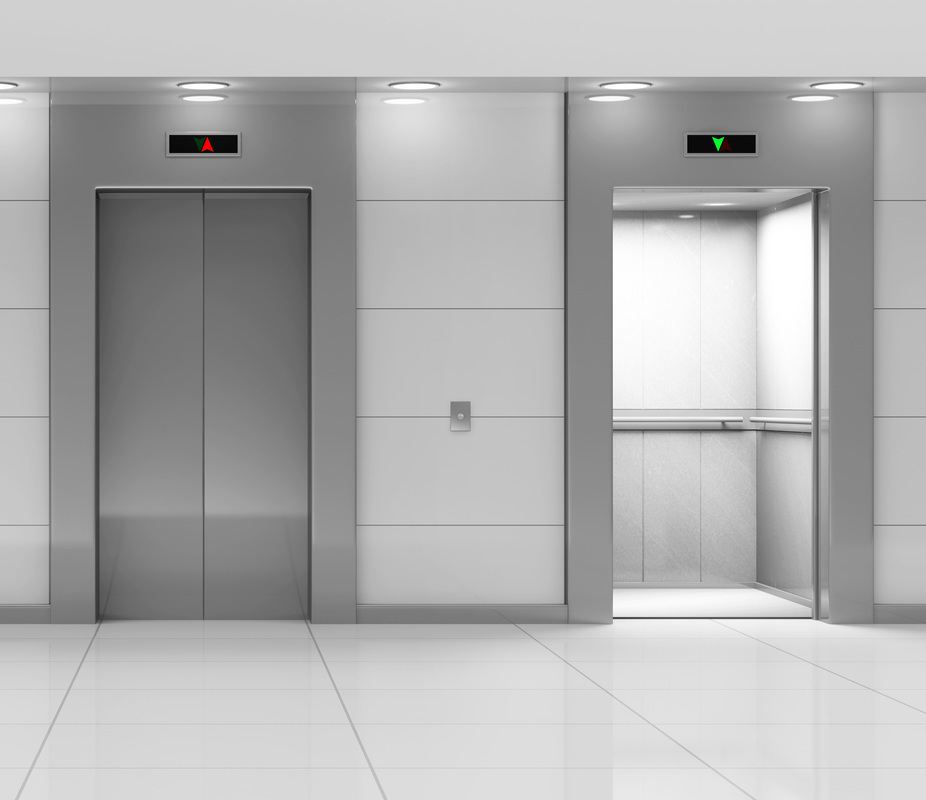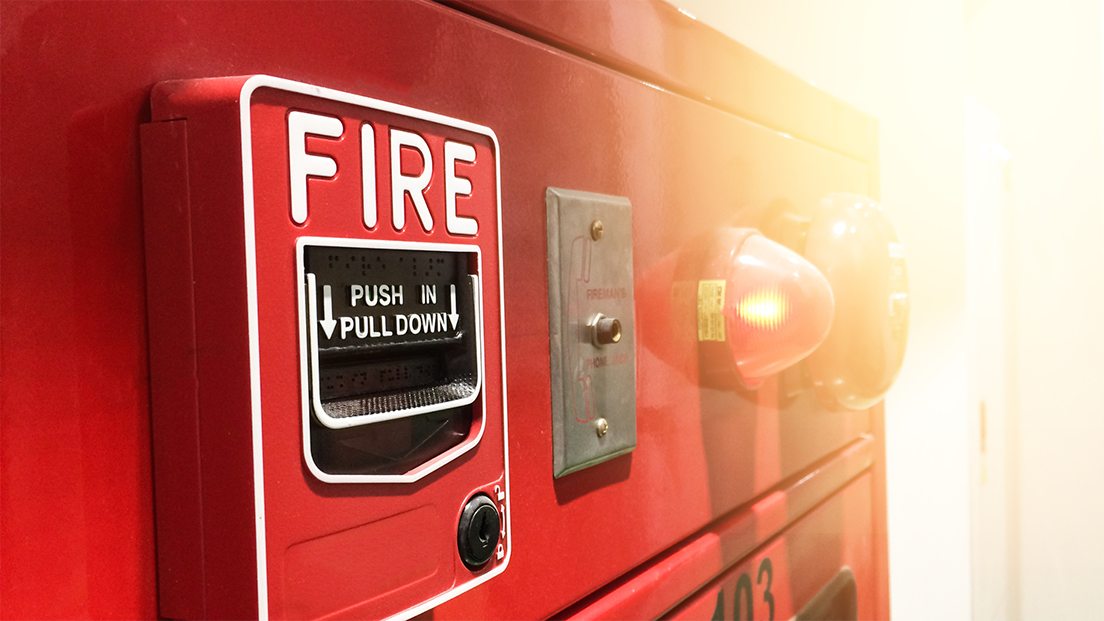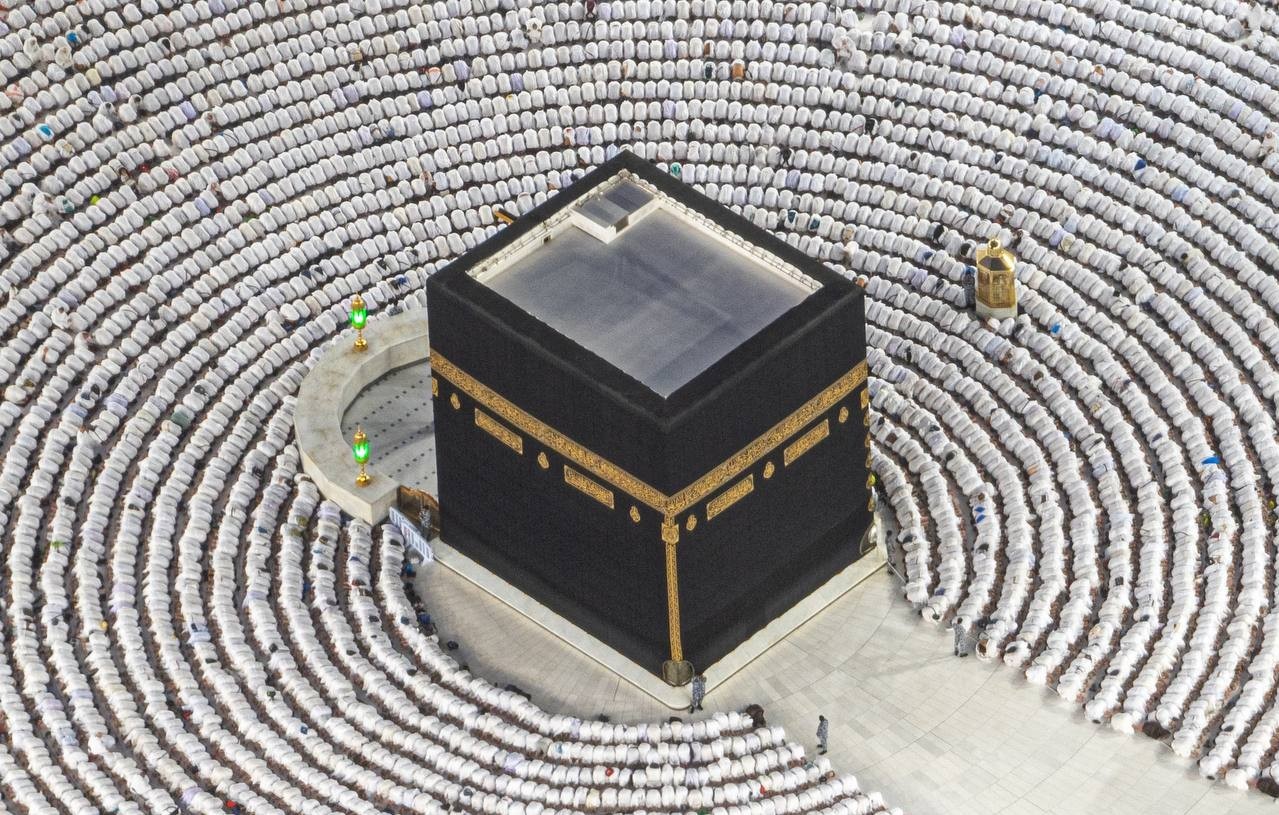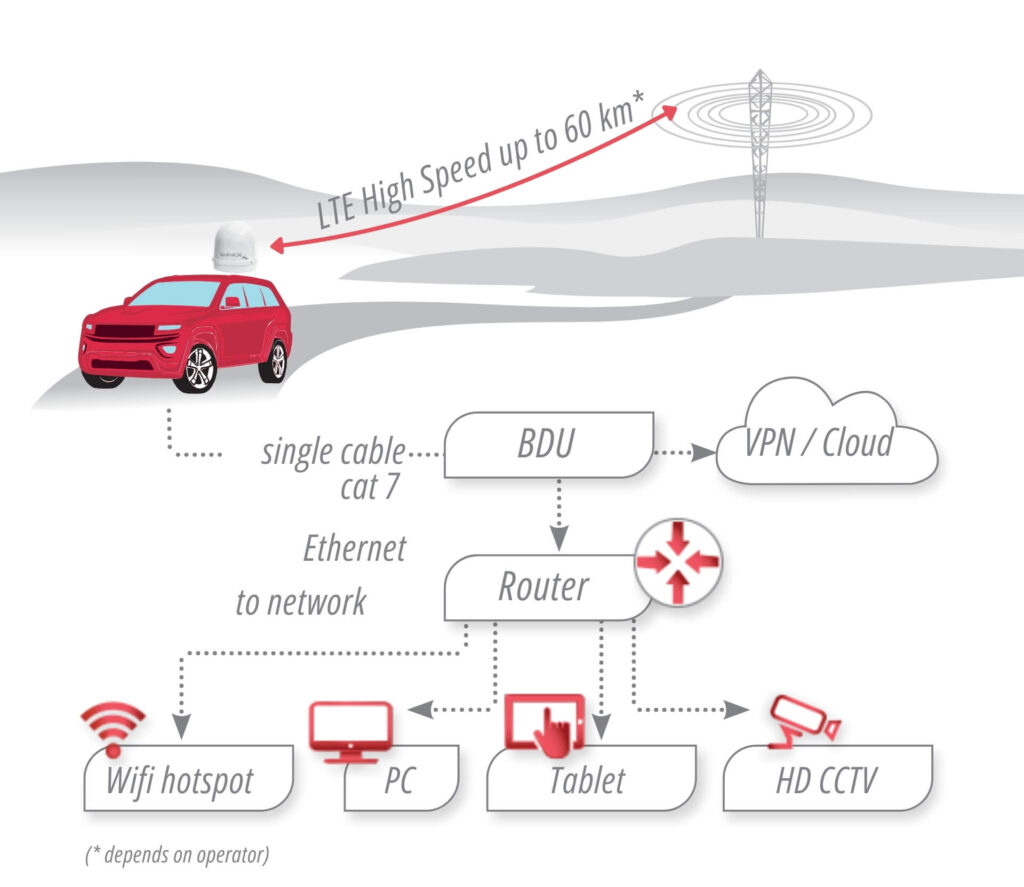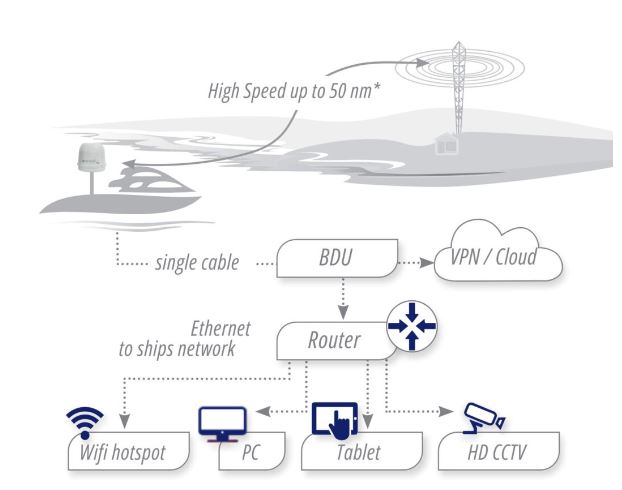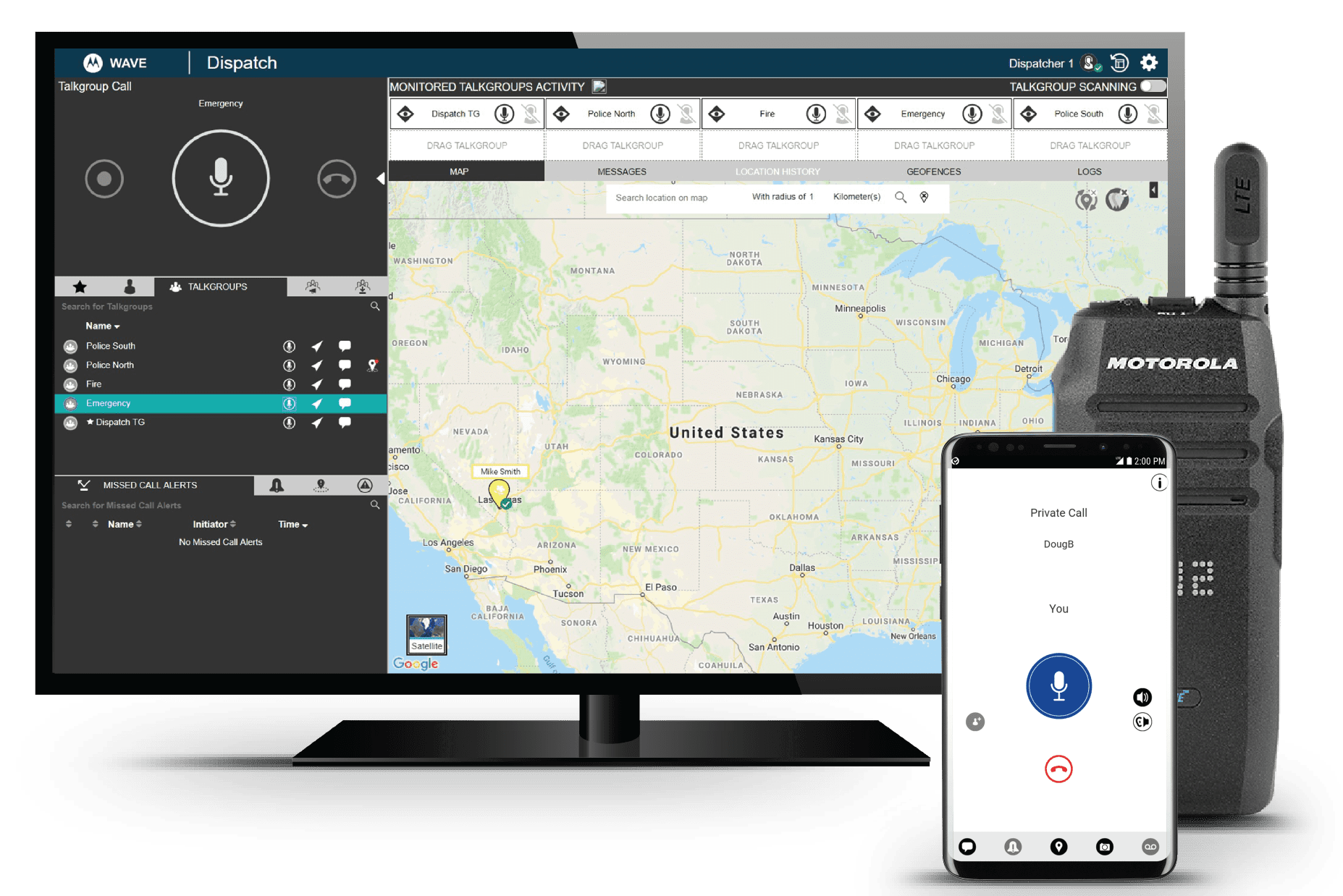The DJI Air 3 pushes the boundaries of aerial photography with its advanced technological features and intelligent capabilities. Equipped with a powerful 1-inch CMOS sensor, this innovative drone captures stunning imagery with remarkable clarity and a 14-degree dynamic range. Furthermore, it offers impressive video recording capabilities of up to 4K/120FPS, allowing creators to produce professional-quality slow-motion footage.
The latest addition to the lineup, the DJI Air 3S, takes these capabilities even further with key upgrades including a 50MP wide-angle camera and a 70mm telephoto lens for detailed zoom shots. This DJI Air 3 drone series has truly transformed aerial photography and videography, creating endless possibilities for creators across various domains. Additionally, all models feature comprehensive obstacle avoidance sensors that detect and prevent potential collisions, making flights safer and more reliable. With intelligent flight modes like ActiveTrack, QuickShots, and Hyperlapse, users can effortlessly create professional-quality content without requiring complex piloting skills.
Nighttime Navigation and Obstacle Avoidance Systems
Nighttime flying presents unique challenges for drone operators, but the DJI Air 3 series tackles these obstacles with advanced sensing technologies. The standard DJI Air 3 features omnidirectional obstacle sensing through its three-dimensional vision system and infrared sensing capabilities. This technology enables safer flights even in indoor environments where GPS signals may be limited.
The DJI Air 3S, however, elevates nighttime navigation with its groundbreaking forward-facing LiDAR technology—a first for DJI drones. This LiDAR system delivers impressive performance with a measurement range of 0.5 m to 25 m at night. The system remains effective when direct sunlight illuminance stays below 20,000 lux, equivalent to daylight on a slightly overcast day.
During nighttime operations, the LiDAR provides crucial forward obstacle sensing when ambient light drops below 1 lux and traditional vision systems become ineffective. Consequently, the drone can detect obstacles and initiate timely stops, significantly enhancing safety during low-light flights.
Both models utilize the Vision Assist feature, which displays black and white visual images for forward, backward, left, and right views. This system shows color-coded collision warnings based on proximity—yellow when obstacles are between 2.2 m and 5 m away, and red when obstacles are closer than 2.2 m.
The DJI Air 3S combines this forward-facing LiDAR with six vision sensors and a downward infrared time-of-flight sensor to achieve comprehensive nightscape omnidirectional obstacle sensing. Moreover, through real-time vision positioning and map construction technologies, the drone memorizes flight paths in well-lit conditions, ensuring safe returns even from locations without satellite signals.
Nevertheless, users should maintain clean sensors, as dirt can lead to false obstacle detection. The system may also experience limitations in extremely bright light or when vision positioning is temporarily disabled in clouds, fog, or during landing.
Smart Imaging and Tracking Capabilities
At the core of the DJI Air 3’s creative arsenal lies its advanced tracking technology. ActiveTrack 5.0 elevates subject tracking by operating in eight directions simultaneously, enabling unprecedented creative possibilities. Unlike previous versions, this system utilizes multiple vision sensors to recognize subjects, differentiate them from surroundings, and lock them securely in frame.
The drone’s FocusTrack suite consists of three powerful tracking modes:
- Spotlight 2.0 – Locks the camera on a subject while allowing manual flight control
- Point of Interest 3.0 – Orbits subjects at customizable speeds (up to 12 m/s)
- ActiveTrack 5.0 – Maintains consistent distance from subjects with Trace and Parallel modes
Both the wide-angle (24mm) and medium tele camera (70mm) support 2.7K vertical shooting at up to 60fps, creating content perfectly sized for social media sharing without post-production cropping. The medium tele camera produces a spatial compression effect that beautifully highlights subjects.
DJI Air 3S owners benefit from Free panorama mode, allowing precise control over panoramic shots with both cameras. The wide-angle camera captures broader fields of view, while the medium tele camera reduces distortion for expansive, detailed panoramas.
Additionally, the drone offers MasterShots, automatically capturing dynamic montages, plus QuickShots and Hyperlapse functions that expand creative possibilities without requiring complex piloting skills.
Connectivity, Control, and Data Management
The O4 video transmission system stands as a cornerstone of the DJI Air 3’s advanced control capabilities. Compared to its predecessor, this system features an upgraded antenna array—six antennas instead of four—alongside new frequency bands that deliver FHD video from distances up to 20 km. Transmission range varies based on environmental conditions: urban landscapes reach 1.5-4 km, suburban areas extend to 4-10 km, and low-interference zones push the boundary to 10-20 km.
For extended operations, the DJI Air 3 Battery Charging Hub introduces innovative power management solutions. Its power accumulation function transfers remaining energy from multiple batteries to the one with the highest charge level, maximizing effective flight time. Beyond drone support, this hub doubles as an 82W power bank for controllers, smartphones, and other devices.
The DJI Cellular Dongle 2 expands connectivity options through 4G networks. This system works alongside the primary OcuSync transmission, automatically switching to cellular data when radio signals encounter interference. Specifically, the system maintains three distinct operational modes: normal conditions (OcuSync primary), interference conditions (dual transmission), and complete disconnection (4G-only). Under full 4G reliance, approximately 1 GB of data is consumed during a 30-minute flight.
DJI Air 3 remains compatible with both the DJI RC-N2 and DJI RC 2 controllers, each offering upgraded antenna systems for enhanced transmission stability.
Conclusion
The DJI Air 3 series undoubtedly represents a significant advancement in consumer drone technology. Through its comprehensive obstacle avoidance systems and LiDAR technology, nighttime flying becomes accessible even to amateur drone pilots. Additionally, the ActiveTrack 5.0 and FocusTrack suite transform how creators capture moving subjects, essentially eliminating the need for complex manual tracking. The drone’s dual-camera system with both wide-angle and telephoto options provides photographers with versatile shooting capabilities without carrying multiple devices.
The technical excellence extends beyond imaging capabilities. The O4 video transmission system with its six-antenna array ensures stable connections at remarkable distances, while smart power management solutions maximize flight time for extended shooting sessions. Drone enthusiasts and professional photographers alike will appreciate how these features work together, creating a seamless aerial photography experience.
Altogether, the DJI Air 3 stands as a testament to how intelligent flight systems can simplify complex aerial photography while simultaneously expanding creative possibilities. Photography enthusiasts looking to explore these capabilities firsthand can learn more about DJI drones from Abdulrahman Alshareef Group, DJI’s trusted partner in Saudi Arabia. The combination of advanced obstacle sensing, intelligent tracking, and robust connectivity consequently places the DJI Air 3 at the forefront of aerial imaging technology, making it an exceptional tool for creators who demand both innovation and reliability in their aerial photography equipment.

